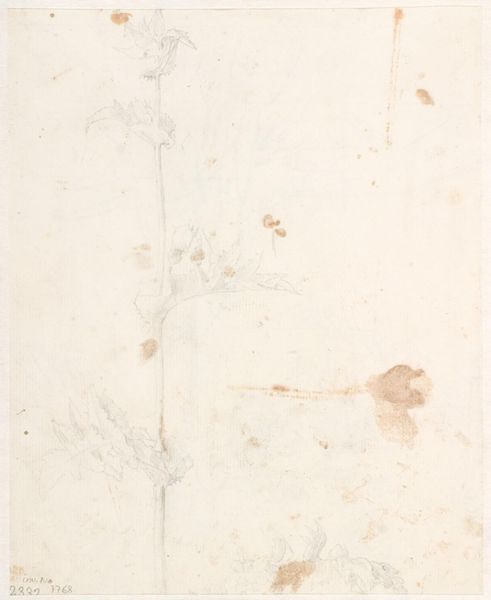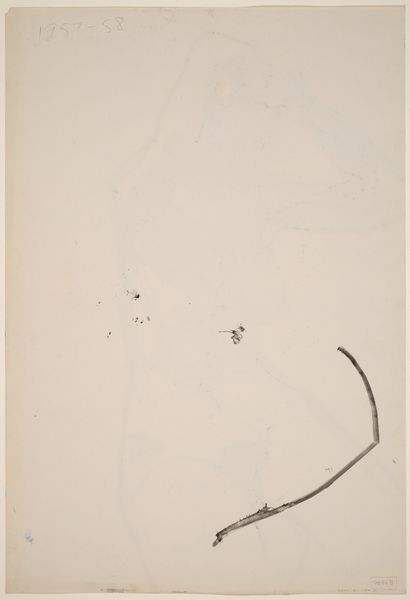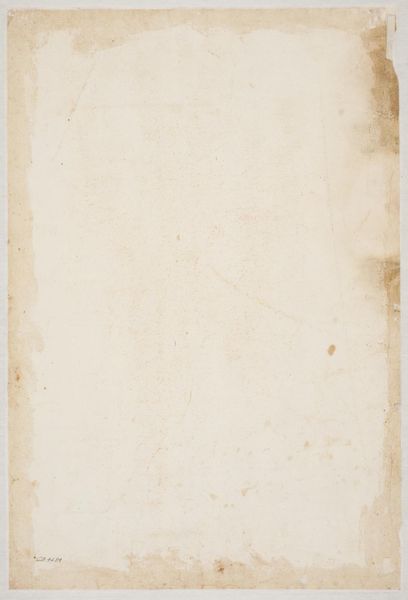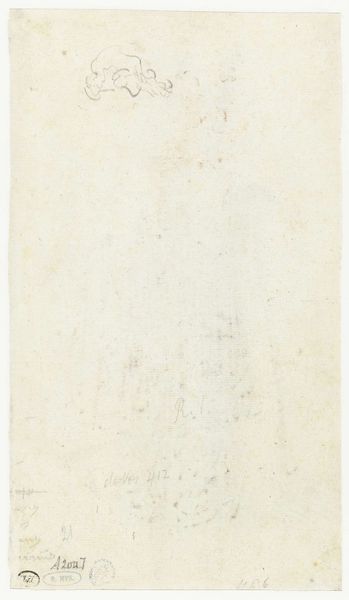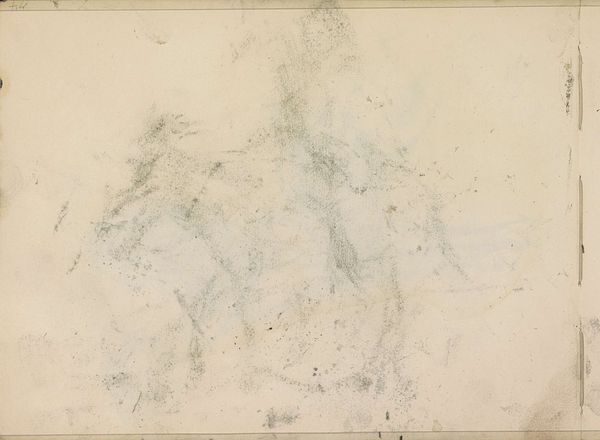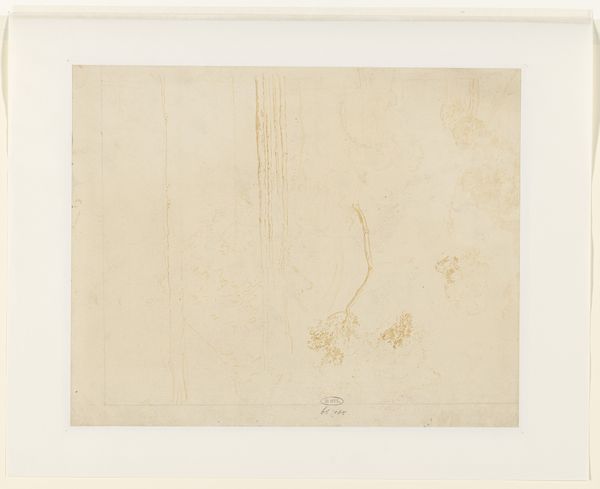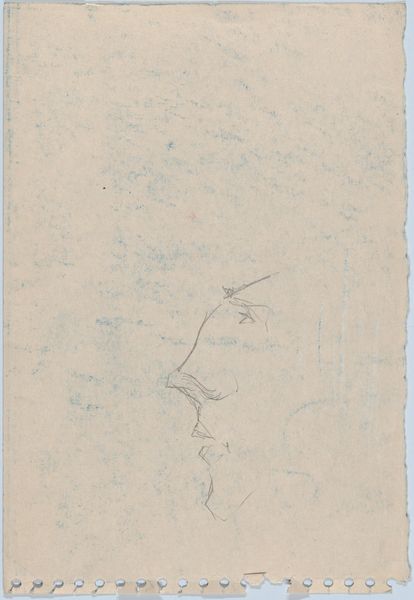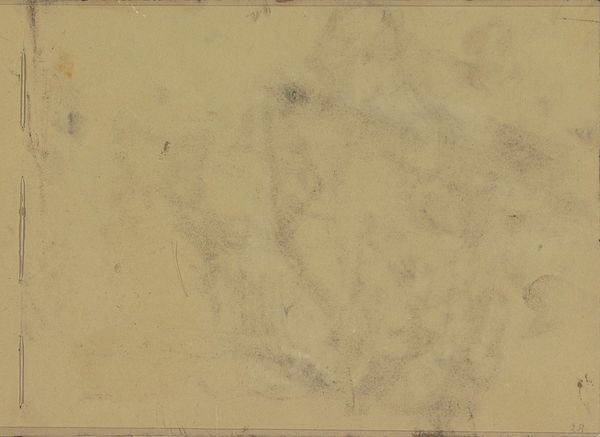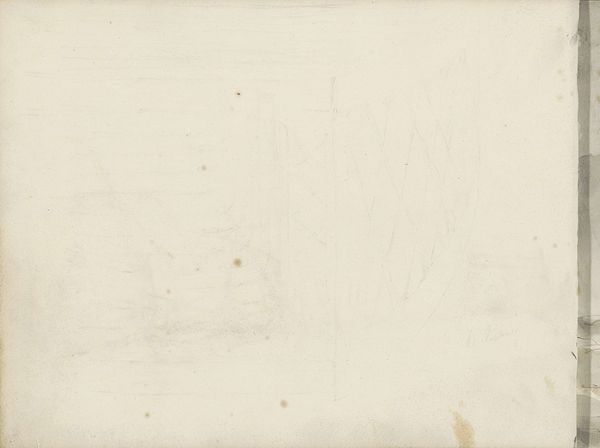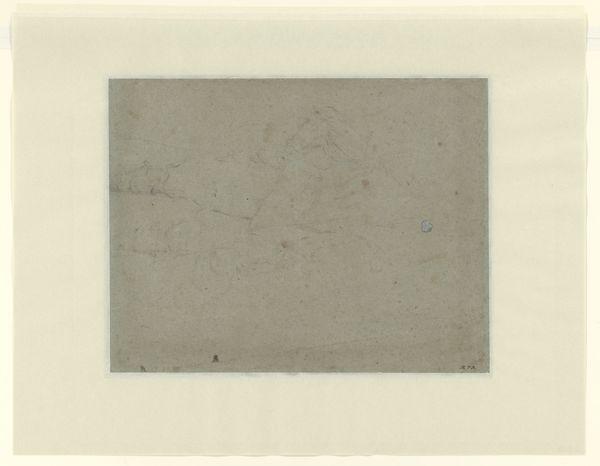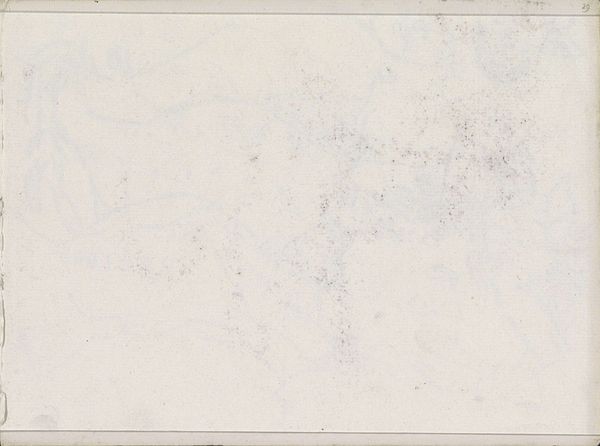
drawing, paper, pencil
#
drawing
#
landscape
#
paper
#
pencil
#
realism
Dimensions: 338 mm (height) x 206 mm (width) (bladmaal)
Curator: Standing before us is "Træstamme," a pencil drawing on paper created by Dankvart Dreyer, sometime between 1831 and 1852. Editor: At first glance, it looks quite unassuming. It's delicate, almost ghostly in its rendering of a tree trunk, but it's precisely this fragility that draws me in. Curator: Indeed. Dreyer, working within a period marked by evolving national identities, was deeply engaged with landscape art as a reflection of national belonging. Consider how the close observation of the materials at hand—pencil, paper—and the deliberate process of realism become a sort of material homage to the subject of this study. Editor: The choice of such ordinary materials speaks volumes, situating it in a context of labor, in the everyday lives of the artists, a democratisation of art in a way, compared to monumental artworks... What are your thoughts on it as a social mirror of its time? Curator: Absolutely. The seemingly simple depiction invites us to contemplate our relationship with the natural world, mirroring broader philosophical inquiries that engaged Dreyer’s artistic contemporaries. It questions traditional societal structures, even highlighting the artist's understanding of human's connection to the earth, and the act of looking more closely to identity-building and its role within an emergent Denmark. Editor: The stark contrast between the slightness of the lines and the heaviness of the title— "Træstamme," literally meaning "tree trunk"— I see tension and maybe the drawing challenges notions of nature as a commodified symbol. The process and intention highlight this. The artist's vision allows us to focus on the object quality, rather than a majestic symbol for Nature, so a deconstruction that subverts romantic notions of nature perhaps? Curator: It definitely reframes the grand Romantic visions of nature. The tree, usually symbol of permanence, rooted in something ancient, becomes something vulnerable, viewed and drawn by hand. That act turns it from untouchable nature, into a objectified matter. It shifts how it makes it communicate broader stories about art, labour and a emerging culture that questions what landscape is within the artist’s role. Editor: That reframing seems apt. Thank you for shedding light on this piece’s quiet commentary and artistic process. Curator: My pleasure; viewing the art in the museum becomes another element of a longer sociohistorical, but especially material, dialogue that surrounds us.
Comments
No comments
Be the first to comment and join the conversation on the ultimate creative platform.
